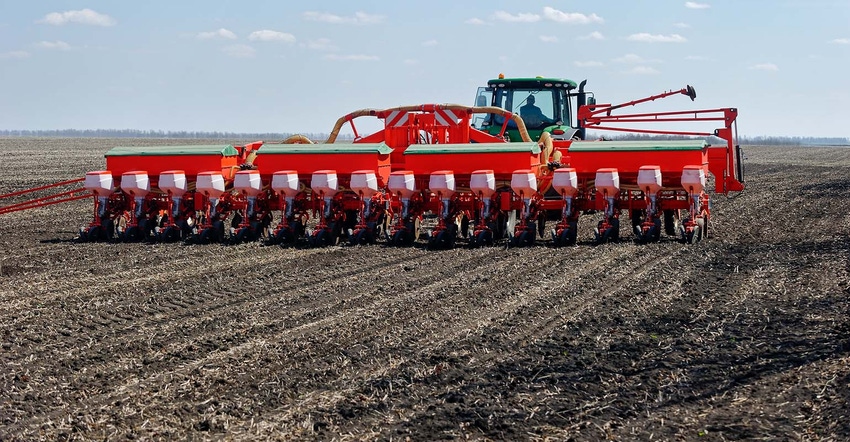March 12, 2021

After two strong agronomy seasons in 2020, ag retailers and wholesalers begin the 2021 planting season with favorable industry fundamentals and an opportunity to expand profit margins, according to a new report from CoBank’s Knowledge Exchange.
“Barring additional weather shocks, spring 2021 is setting up to be a very strong agronomy season for crop input distributors,” said Kenneth Scott Zuckerberg, lead grain and farm supply economist with CoBank. “Improving profits for cooperative agronomy departments should help cushion the negative carry caused by an inversion in futures prices.”
Since last August, prices have increased more than 60% for corn and soybeans and nearly 20% for wheat, in response to tight ending stocks and continued strong demand from both export markets and domestic processors. The cyclical turn in grain prices, combined with robust government support payments, drove a surprise recovery in farmer income, leaving growers in a sound financial position heading into spring.
While some producers may have missed out on the early gains in pricing by selling their corn and soybean crops in late September, U.S. net farm income aggregated for crop, dairy and livestock production grew by $38 billion in 2020. Those gains were driven in large part by historic government farm program payments of $46 billion.
Farm debt and financial leverage ratios continue to increase, however, partly offsetting the positive financial picture for growers. Farmer debt-to-equity is projected to reach 16.1% in 2021 compared to 15.8% in 2020 and 12.7% in 2012, a situation that could become problematic should floating rate interest debt begin rising in anticipation of future inflation.
High grain prices, coupled with favorable supply-demand dynamics, will drive higher planted acreage, resulting in more crop input usage during the spring 2021 planting season. In aggregate, USDA expects slightly more than 10 million additional planted acres this year due primarily to prevent plant acres coming back into circulation.
Given the higher acreage forecasts, farmers are expected to purchase more fertilization products, specifically the principal macronutrients (nitrogen, potassium and phosphorous) during the spring planting season. Rising fertilizer prices are also a positive indicator for new sales and retailer margins.
Inventory levels of seed, fertilizer and crop protection products are largely expected to be sufficient for the projected increase in spring planted acres. However, logistical bottlenecks (mainly trucking and rail) remain as risk factors that could potentially create input shortages or delays in certain parts of the country.
Farmer prepayments to farm supply cooperatives increased during the final months of 2020, as growers bought crop inputs in advance to minimize tax liabilities.
Click the download button below to view CoBank's agronomy outlook.
Source: CoBank, which is solely responsible for the information provided and is wholly owned by the source. Informa Business Media and all its subsidiaries are not responsible for any of the content contained in this information asset.
You May Also Like




